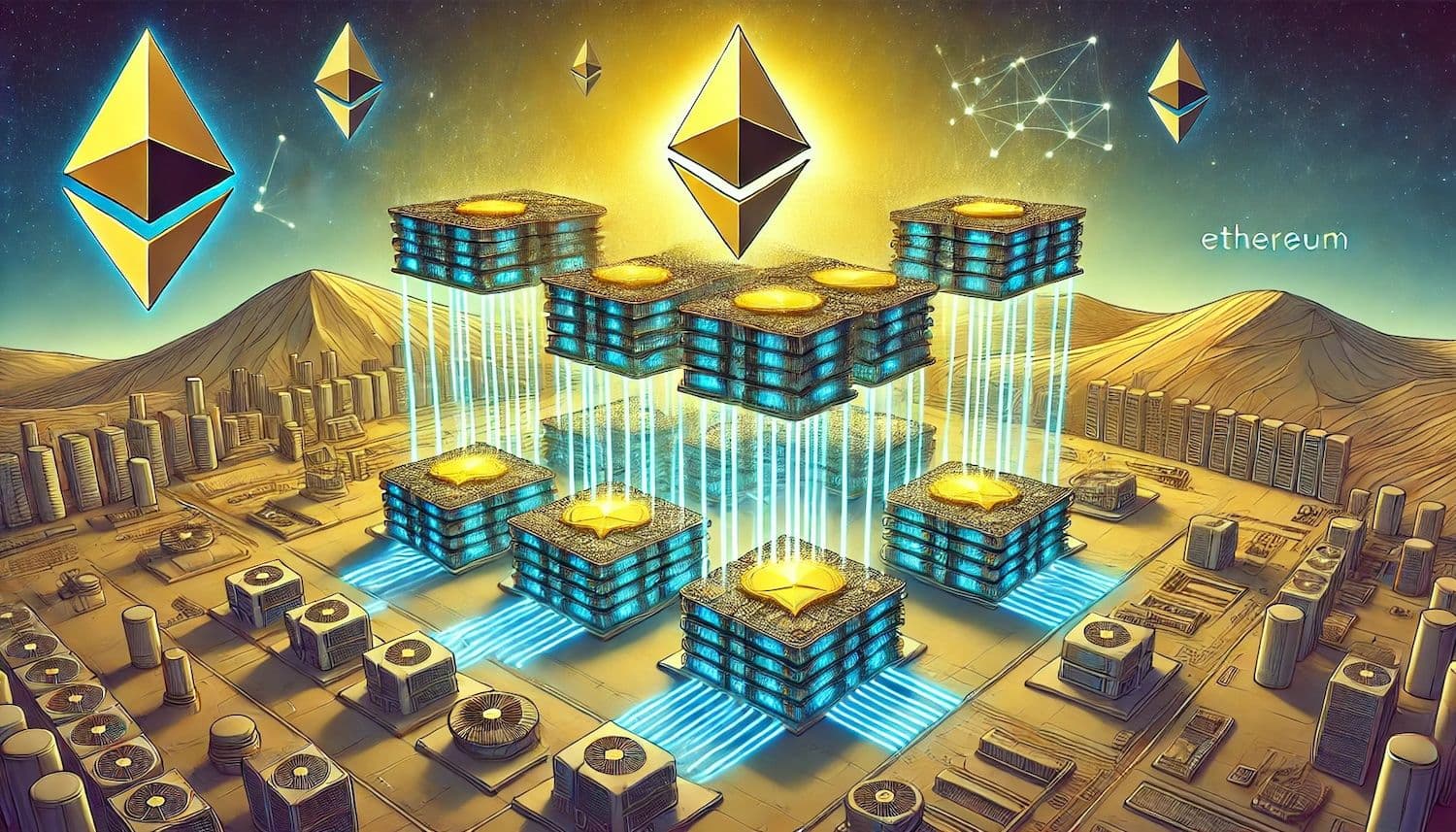The fragmented world of Ethereum's scaling solutions is about to undergo a fundamental transformation. After years of isolation, dozens of Layer-2 networks are weeks away from achieving seamless interoperability.
The development marks a critical juncture for the world's second-largest blockchain network. Current Layer-2 solutions have successfully scaled Ethereum's transaction capacity by 15 to 20 times. Yet they created an unexpected problem: 55 separate networks with limited ability to communicate.
Transaction fees have plummeted to mere cents. The scaling challenge that once pushed fees to $200 per transaction has been resolved. But users still face cumbersome and expensive bridging processes to move assets between networks.
"The move toward fast, standardized interop isn't just a technical upgrade — it's essential for making Ethereum feel like one seamless ecosystem," says Across co-founder Hart Lambur. His protocol is at the forefront of the integration effort.
The first major breakthrough comes within weeks. Across and Uniswap's new intent standard (EIP-7683) has completed its audit phase. The standard has garnered support from 50 major projects, including industry heavyweights Polygon, Arbitrum, Optimism, and Base.
Mallesh Pai, senior director of research at Consensys, sees immediate practical benefits. "Most of our users, they have their money on one chain, they want to buy something on another chain. And I believe we'll be able to deliver that in months," he explains.
Two technical proposals stand at the center of this transformation. Base lead contributor Jesse Pollack identifies ERC-7683 and RIP-7755 as the critical components. RIP-7755 introduces a network of "Fulfillers" - operators who facilitate crosschain transactions for a fee.
The solution isn't instant. Different networks process blocks at varying speeds. But Pollack argues this won't matter to users. "If you look at the internet, it's predominantly asynchronous today," he notes. "That's how we think Ethereum is gonna scale as well." Polygon's contribution comes in the form of AggLayer. The protocol aims to unify liquidity across not just Ethereum's Layer-2s, but potentially all smart contract platforms. Its v0.2 mainnet launched this week.
"The AggLayer's biggest feature is using a shared bridge that all AggLayer rollups deposit into," explains Emmanuel Awosika, head of research at 2077 Collective. This approach eliminates the need for separate bridges on Ethereum's main chain.
Cross-Chain Transfer and More
Cross-chain transfers through AggLayer should begin between March and April. The initial integration includes Polygon chains, Movement Labs, Near, OXK X Layer, and Ton Application Chain.
User experience improvements extend beyond technical infrastructure. A new addressing system will prevent common errors in cross-chain transactions. Users will be able to use human-readable addresses like "[email protected]."
The Pectra upgrade in March introduces another crucial element. EIP-7702 will enable applications to sponsor gas fees, streamlining cross-chain transactions for new users. Looking ahead, industry leaders have agreed to implement based or native rollups. These systems promise real-time interoperability, though full implementation may take until 2026.
Linea's product lead Declan Fox expects new based rollups this year. However, he cautions that converting existing networks will take time. "Migrating existing L2s with large ecosystems will more likely be seen in 2026," he states.
This transformation promises to restore Ethereum's original vision of a unified network. The question now isn't if these solutions will work, but how quickly users will adopt them.

